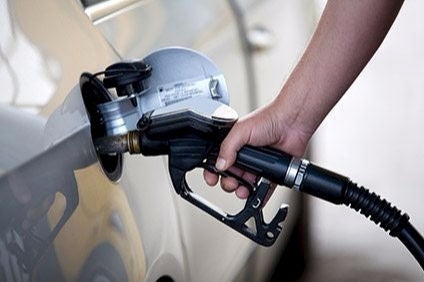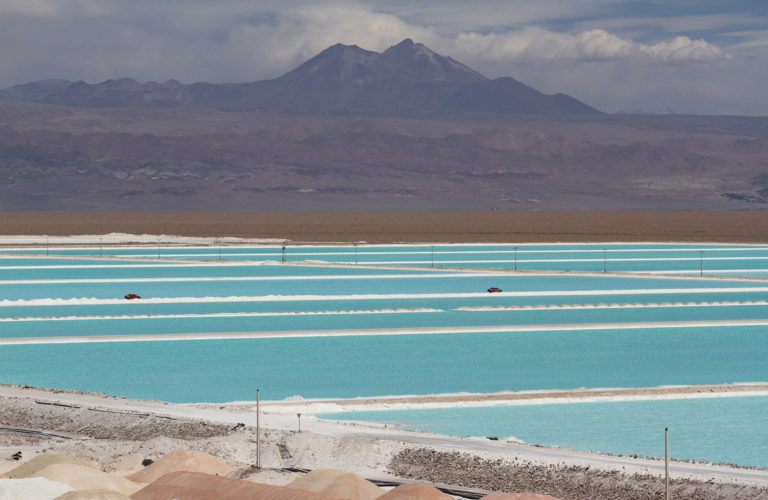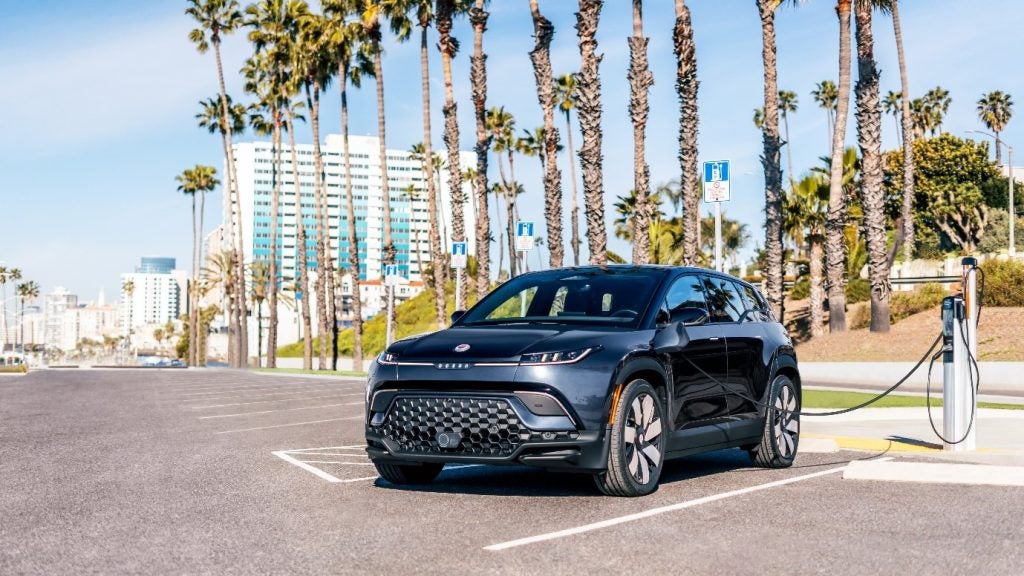
Oil prices need to hit US$48 a barrel in order for the Russian economy to achieve the stimulus it needs and consumer confidence to return, says one analyst as numbers this week indicate a genuine strengthening of the commodity.
Speaking to delegates at last week’s Russian Automotive Forum (RAF) organised by Adam Smith conferences in Moscow, IHS Global European LVS Forecasts manager CEE, Tatiana Hristova outlined the importance of hitting the near US$50 mark, but the last few days alone have seen it reach US$42.
“The trend unfortunately leans towards the pessimistic forecast – US$38 a barrel,” Hristova noted at the Moscow conference. “Two years down the road [perhaps] US$48 – that is a critical level for the Russian economy
“The rebound with Russia will be a lengthy process – US$80 we expect by 2020 and US$100 maybe by 2026.
However, it appears the oil price has recovered by as much as 50% in the last two months having sunk to the mid-US$20 a barrel mark and as the huge glut, much of it sitting in vast oil tankers around the world, starts to be delivered.
Much of Russia’s economy has historically been predicated on a strong energy prices, but fierce competition among the oil producing powerhouses as well as the arrival on a world stage of US shale and the emergence of Iran back into the international business community, has forced the cost down to extremely low levels.
How well do you really know your competitors?
Access the most comprehensive Company Profiles on the market, powered by GlobalData. Save hours of research. Gain competitive edge.

Thank you!
Your download email will arrive shortly
Not ready to buy yet? Download a free sample
We are confident about the unique quality of our Company Profiles. However, we want you to make the most beneficial decision for your business, so we offer a free sample that you can download by submitting the below form
By GlobalDataThe dwindling oil price is however, just one ingredient of the perfect storm cocktail to have battered Russia in recent years, coming as it does on the coattails of a very weak ruble, high interest rates and international economic sanctions as the West vented its spleen against Moscow’s annexation of Crimea.
All this has significantly impacted the automotive industry, with The Kremlin having to step in with a RUB50bn (US$738m) series of incentives this year and that on top of a RUB43bn stimulus package in 2015, just to try and keep the market at 1.6m.
“Three million is the level which is landmark for the Russian automotive industry,” added Hristova, who also noted the effect of government intervention in the component sector. “Three million we [expect] by 2026/27.
“Cars manufactured in Russia [have] gone up considerably in recent years. Local sourcing went up 8% – motivation methods and incentives worked. [However] capacity is [less than] 40% utilisation – 1.2m production this year we expect.
“By 2026, we expect 2.7m, which is even higher than we said in the past. We need to point out financial agreements aimed at supporting the Russian automotive industry – without these agreements Russian production would start to decline even further.”
One of the conference themes apart from the importance of localisation, was the potential for those producing in Russia to export, given the falling ruble rate, a point on which Hristova touched.
“Exporting is a strategy of survival for manufacturers who invested a lot of money in Russia and they don’t want to quit,” she noted. “Traditionally, Russian producers’ expectations about quality are very low. Although quality of car production has gone up considerably, people have this [image] of Lada [for example] as cheap cars.
“The image ‘Made in Russia’ – globally it does not exist.”







